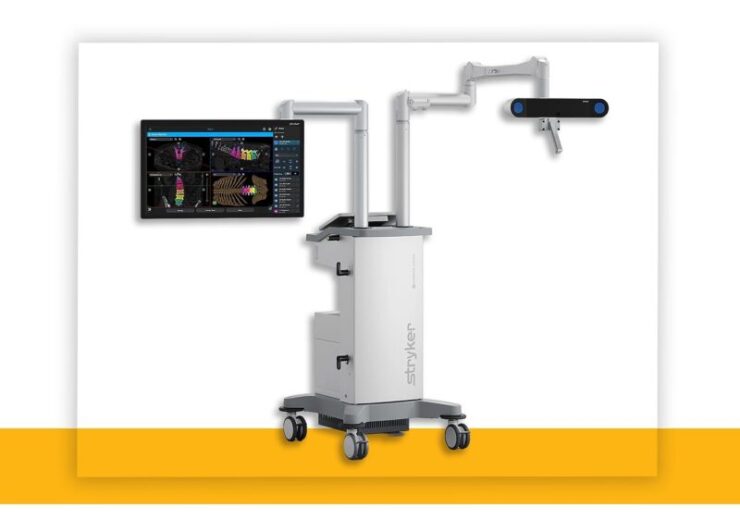The spine guidance system combines new optical tracking options offered by a redesigned camera with algorithms of the Spine Guidance software

Stryker has introduced its Q Guidance system with Spine Guidance software. (Credit: Stryker)
Stryker has announced the launch of its Q Guidance system for spine applications which is integrated with the Spine Guidance software to increase surgical planning and navigation capability.
According to the medical technology company, Q Guidance combines new optical tracking options that are offered by a redesigned camera equipped with algorithms of the spine navigation software.
Stryker said the Spine Guidance software, when combined with Q Guidance, is a planned and intraoperative guidance system intended to facilitate open or percutaneous computer-assisted surgery.
The company claimed that Spine Guidance is the first navigation software to get the US Food and Drug Administration (FDA) clearance for use with paediatric patients aged 13 and older.
Stryker spine division president Robbie Robinson said: “The Q Guidance System offers cutting-edge tracking options with its 4th generation FP8000 camera, and Spine Guidance Software allows for advanced planning and computer-assisted execution.
“With the addition of the Q Guidance System, customers now have access to a robust solution that includes imaging, guidance, and instruments and is fully integrated and designed to meet complex customer needs.
“In the years to come, our goal is to use the versatility of this System to help advance our technologies across multiple specialties including cranial, spine, ENT, and orthopaedics.”
Q Guidance comes with a 4th generation FP8000 camera, which provides multiple optical tracking methods. These include full-spectrum active/passive hybrid optical tracking.
Stryker claimed that Q Guidance is the only guidance system with its proprietary active technology as well as a non-invasive patient tracker called SpineMask.
The Spine Guidance software has fully redesigned applications, automatic and semi-automatic processing capabilities, gesture recognition, and extensive interoperability with multiple picture set formats, said Stryker.
The medical device company said that the use of its spine guidance software enables surgeons to streamline their processes, spend less time in the operating room, and intraoperatively handle challenging clinical decisions and techniques.
